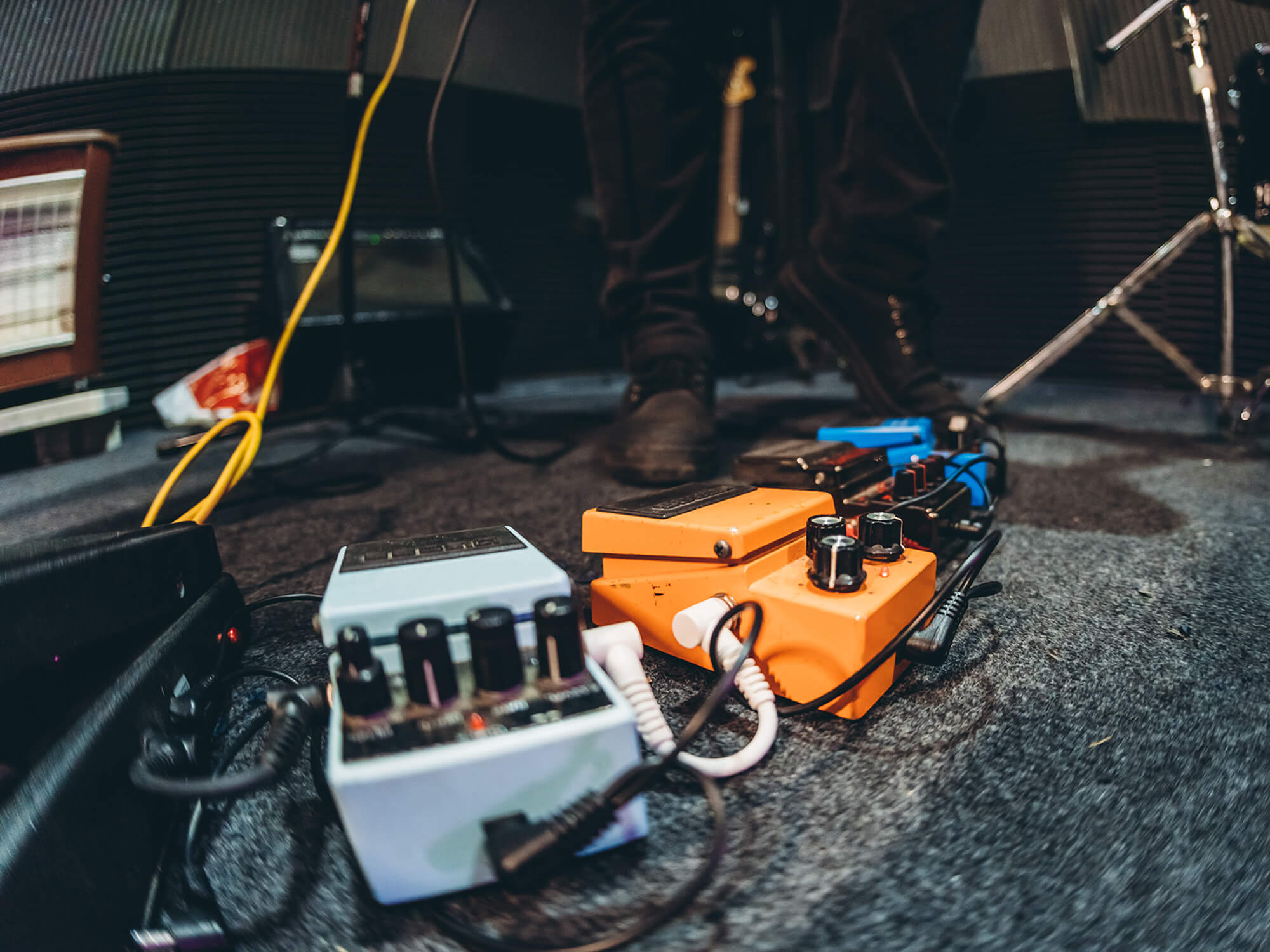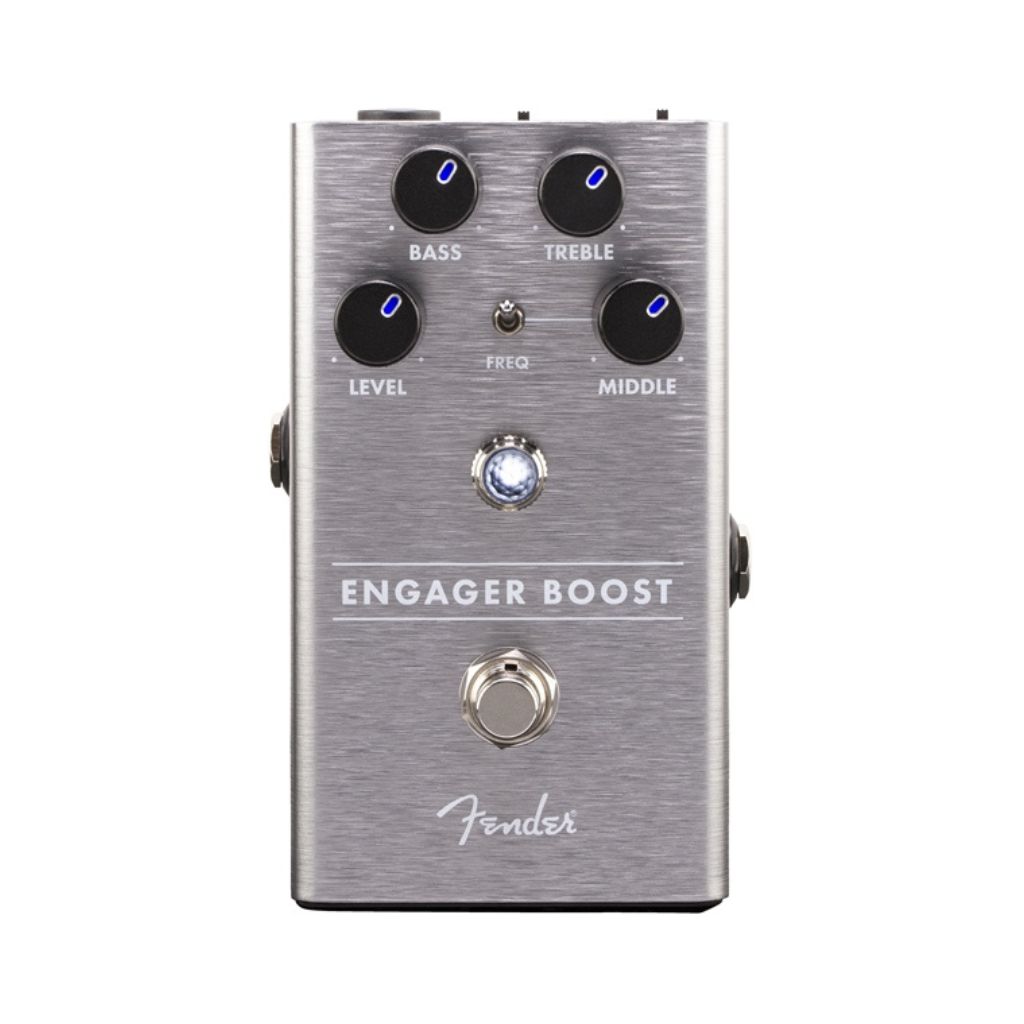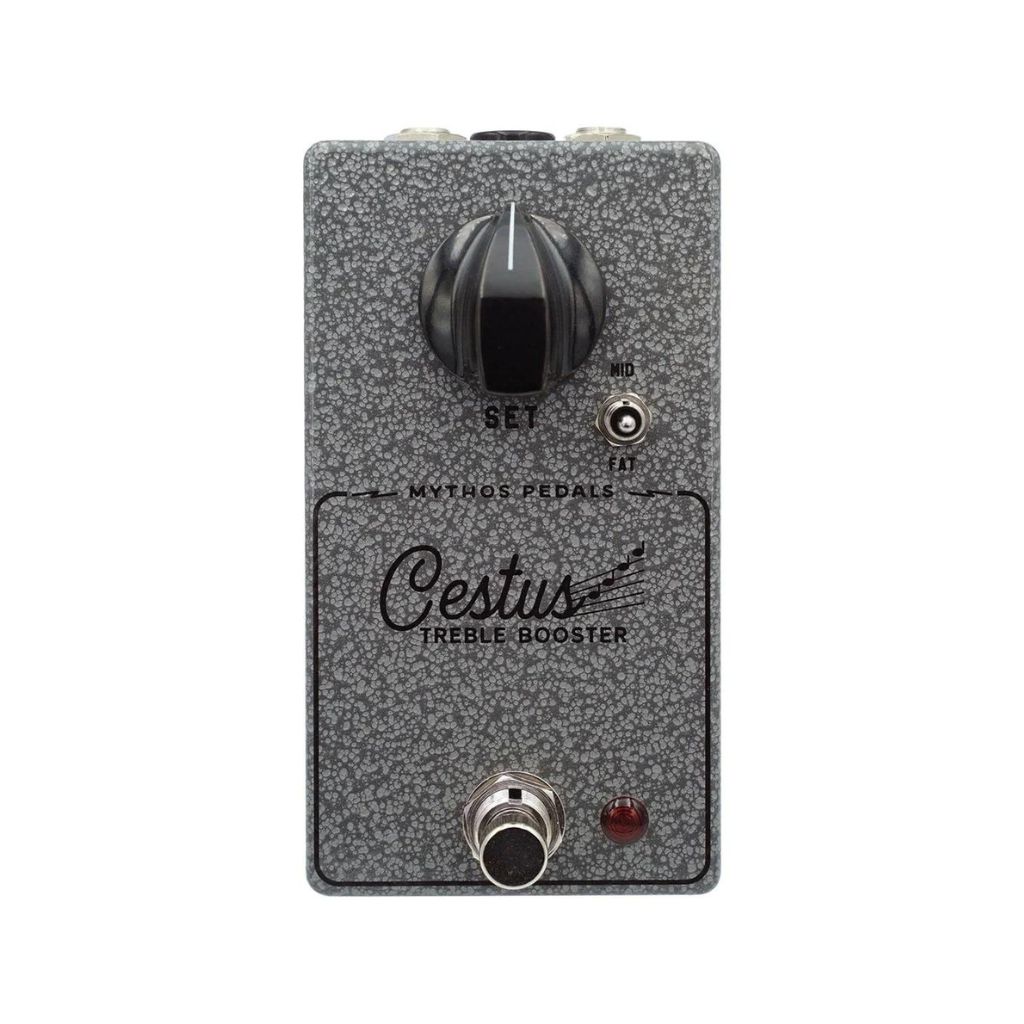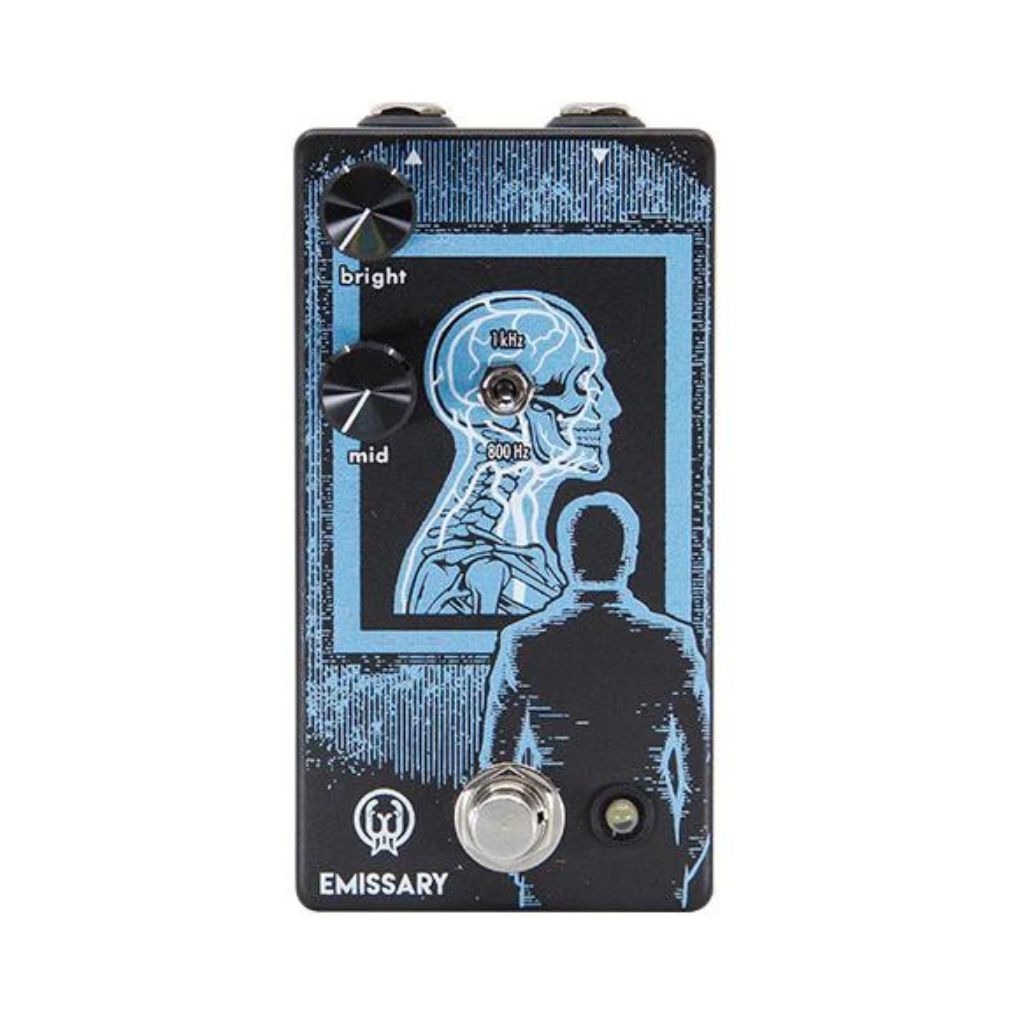Related Tags
Cause & Effects: what does a boost pedal actually do to your guitar tone?
We’ve all seen them, we maybe even use them, but do we really understand what the different kinds of boost pedals are doing to our sound? Don’t fret, Thorpy is here to explain…

Image: Urbazon/Getty Images
Featured in this article
Everyone seems to understand what a guitar overdrive is for, but the same can’t always be said of the humble boost pedal – in fact as a pedal builder I find that I’m quite often asked to demonstrate a use case for boost pedals versus drive and other dirt boxes.
- READ MORE: Cause & Effects: How to maximise what you can learn about guitar pedals from YouTube video demos
With that in mind, I thought it might make sense to try and use this column to answer some of the most common questions I’m asked about boost pedals – namely why they’re used, how they’re used and what do they even do in the first place? I’ll also try to explain some of the differences between the most common boost types. But first, we’ll start with the big question…
What does a guitar boost pedal do?
In technical terms, a boost pedal is designed to take your guitar’s signal and increase its amplitude. This can be done broad spectrum (all frequencies) or with some emphasis or de-emphasis towards certain frequency ranges emitted by the guitar.
In more layman terms, a guitar boost is designed to make your guitar louder. However this increased signal strength eats into the clean headroom (how loud you can get before it starts to distort and compress) of your overdrive or amplifier – a boost pedal will make your signal louder, but also more likely to saturate and distort the more you turn it up…
What are the different types of boost pedal?
There is a lot of overlap between the categories of boost types but it’s the subtle differences that make all the difference to how they are used and how they sound. Here’s a non-definitive list of some of the types:
Clean/Transparent Boost
- Use: A clean boost is designed to increase the volume of your guitar signal without adding unnecessary coloration or distortion to your tone
- How does it sound: By maintaining the character of your original tone the clean boost can push the front end of an amplifier for a louder and cleaner sound.
- Applications: Useful for a lift during solos whilst maintaining your core tonality.
Treble Boost
- Use: A classic treble boost emphasises the high frequencies of your guitar signal
- How does it sound: It can add brightness and clarity to your tone, making it useful for cutting through the mix or adding sparkle to a dark-sounding guitar or amplifier
- Applications: Great for soloing or when you need more definition in your higher frequencies
Midrange Boost
- Use: A midrange boost accentuates the mid frequencies of your guitar signal
- How does it sound: It can provide a pronounced, focused midrange, helping your guitar to stand out in a mix
- Applications: Useful when you want to add warmth, punch, or presence to your tone
Full-range Boost
- Use: A full-range boost increases the entire frequency spectrum of your guitar signal
- How does it sound: It can provide a more saturated and coloured boost compared to a clean or transparent boost
- Applications: Suitable for adding a thicker, more saturated sound to your tone
Gain Boost
- Use: A gain boost increases the overall gain or distortion of your signal
- How does it sound: It can be used to push an already overdriven amp into higher gain territory or to add saturation to a clean channel. It’s not quite like an overdrive, think of it as a boost with a touch of “hair” or “grit” and you won’t be far off
- Applications: Useful for lead guitar work or when you want to add more grit to your tone
It’s important to note that some boosts may combine features, and there’s often overlap between categories. For instance, I have two types of boosts within my own range of pedals – a treble booster with the ability to choose the frequency boosted and a full range booster but with control over the low end.
On the face of it, they sound like they are the same thing, but the treble booster (Have Blue) works as an exciter, something to push your valve amp’s front end in a narrow frequency range to send it into overdrive. It’s not ideal for making your guitar signal louder. On the other hand, the full range booster (Heavy Water) makes your guitar signal louder overall, but gives you scope to control the low frequencies.
How do I use a boost pedal?
For me, the type of boost I use depends on the type of valve amp I am plugged into or if I am stacking said boost with another overdrive. I very rarely want something to make my guitar louder without any subsequent increase in saturation. Additionally, there is only so much headroom available in your amp or your overdrive pedal.
Boosting either too hard can mean you get into the realms of mushy compression vs. a volume or saturation increase. This can at times be undesirable and lead to an indistinct tone. The real trick is to work out what you want and then try different types to achieve the goal. If you thought overdrives are a rabbit hole to fall into, try boost pedals, it’s a whole new world of fun.
Is it possible to use a boost with a solid-state amp or modeller?
Most modern solid-state amps are designed to have a front end that reacts exactly like the front end of a valve amp. Therefore, boosting into it can yield similar results to boosting into a valve amp.
I have however had mixed results boosting into modellers. A hot signal can cause the front end of some digital modellers to clip in a harsh way so that a booster doesn’t really add anything meaningful to the signal. In these situations, it’s best to use an inboard digital boost.
Hopefully that’s cleared up some of your big questions about boost pedals, and you can now make an informed decision about whether you need to add one to your rig – happy boosting!



